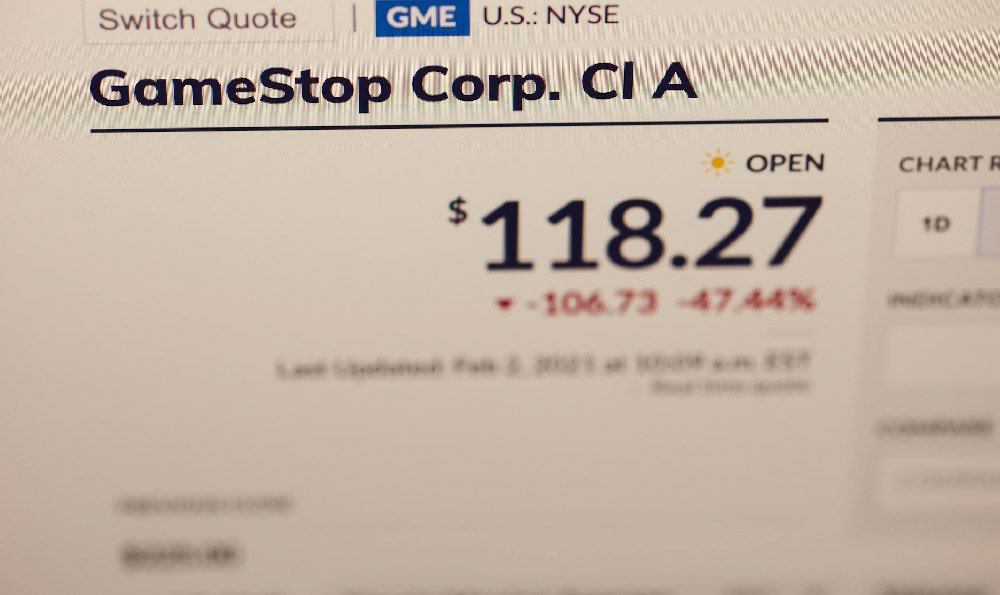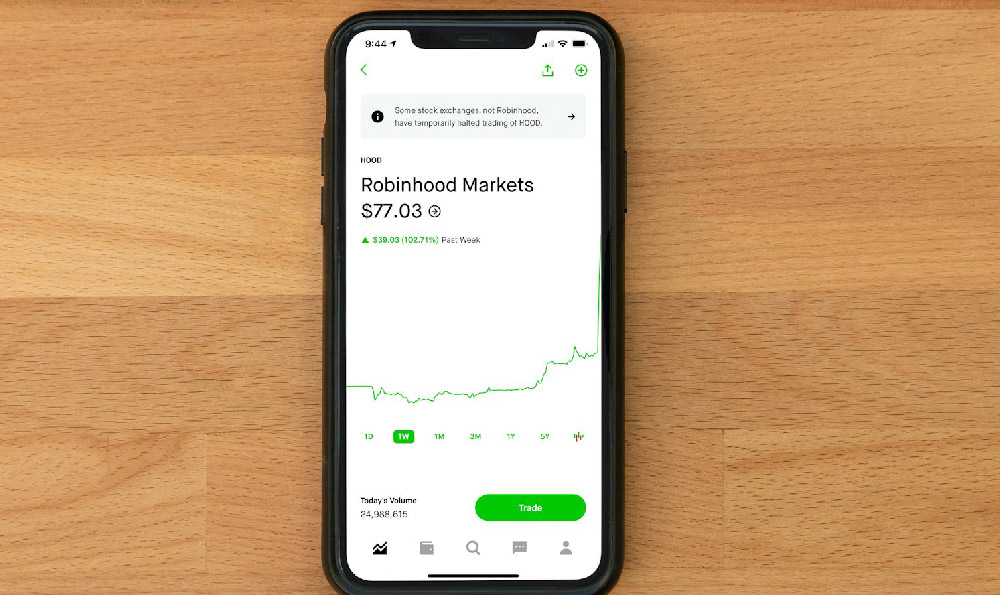How Much Does Coachella Earn? What's Coachella's Revenue?
Coachella Valley Music and Arts Festival, a behemoth in the landscape of music festivals, is renowned for its star-studded lineups, captivating art installations, and trendsetting fashion. Beyond the Instagram-worthy moments and memorable performances, lies a significant economic engine. Dissecting Coachella's revenue streams and earnings potential reveals a complex interplay of ticket sales, sponsorships, merchandise, food and beverage sales, and the less tangible, yet crucial, impact of brand building and cultural influence.
The most significant contributor to Coachella's revenue is, undeniably, ticket sales. The festival spans two weekends, typically in April, and draws hundreds of thousands of attendees. General admission tickets, VIP packages, and camping passes command hefty prices. In recent years, general admission tickets have consistently sold for around $550-$600, while VIP passes can easily exceed $1,000 or even $1,500, depending on the specific package and included amenities. Camping options also contribute significantly, with various packages ranging from basic tent camping to premium safari-style glamping. Given the consistently sold-out status of the festival, even at these premium prices, ticket sales alone generate hundreds of millions of dollars. To grasp the scale, consider a conservative estimate of 125,000 attendees per weekend, with an average spend of $600 per ticket. This single revenue stream would generate $150 million across both weekends.
However, ticket sales represent only a portion of the total revenue pie. Sponsorships play an increasingly crucial role in financing and enhancing the Coachella experience. Major brands across various industries, from beverages and technology to fashion and automotive, clamor for the opportunity to align themselves with the festival's youthful and influential audience. These partnerships involve substantial financial investments, often in the millions of dollars, and provide brands with prominent placement on-site, exclusive activations, and opportunities to engage directly with attendees. For Coachella, sponsorships provide a substantial injection of capital, enabling them to afford top-tier talent, elaborate stage designs, and innovative art installations. These collaborations are strategic alliances; brands gain access to a valuable demographic, while Coachella secures the funding necessary to maintain its position as a world-class festival.

Furthermore, merchandise sales contribute significantly to the overall revenue. Official Coachella merchandise, including t-shirts, hoodies, hats, and posters, is highly sought after by attendees eager to commemorate their festival experience. These items are sold at dedicated merchandise tents throughout the festival grounds, and the demand is consistently high. The sale of artist-specific merchandise also adds to this revenue stream, with fans eager to purchase items related to their favorite performers. The markup on merchandise is typically significant, leading to substantial profits for both Coachella and the artists involved.
Food and beverage sales represent another major revenue driver. Coachella offers a diverse culinary experience, featuring a wide array of food vendors serving everything from gourmet cuisine to festival staples. Beverages, including alcoholic and non-alcoholic options, are also in high demand, especially given the desert heat. The sheer volume of attendees combined with the high prices charged for food and drinks contribute significantly to the festival's bottom line. Lines at food vendors are frequently long, demonstrating the constant demand and the potential for substantial revenue generation.
Beyond these direct revenue streams, Coachella generates substantial indirect revenue and economic impact. The festival attracts a large influx of tourists to the Coachella Valley, boosting local businesses such as hotels, restaurants, and transportation services. The economic impact extends beyond the immediate area, as attendees travel from all over the world, contributing to the tourism industry in Southern California. The festival also creates numerous temporary jobs, providing employment opportunities for local residents.
Moreover, Coachella's cultural influence is invaluable. The festival has become a trendsetting event, shaping fashion trends, musical tastes, and cultural attitudes. Its influence extends beyond the music industry, impacting art, design, and technology. This cultural influence translates into brand recognition and prestige, further enhancing Coachella's reputation as a global icon. The media coverage generated by the festival is extensive, providing valuable exposure for the Coachella brand and attracting even more attendees and sponsors in the future.
Estimating the exact revenue figures for Coachella is challenging, as the organizers, Goldenvoice (a subsidiary of AEG Presents), are not publicly traded and do not release detailed financial information. However, based on industry estimates and analysis of the various revenue streams, it is reasonable to conclude that Coachella generates hundreds of millions of dollars in revenue annually. Some estimates place the gross revenue exceeding $700 million across both weekends, making it one of the highest-grossing music festivals in the world. The profit margin, while not publicly available, is likely substantial, given the scale of the operation and the premium prices charged for tickets and other offerings.
In conclusion, Coachella's revenue is derived from a complex and multifaceted ecosystem. While ticket sales form the bedrock of its income, sponsorships, merchandise, food and beverage sales, and indirect economic impacts all play crucial roles in contributing to its overall financial success. The festival's cultural influence and brand recognition further enhance its value, ensuring its continued dominance in the music festival landscape. Accurately quantifying Coachella’s precise earnings remains elusive without insider knowledge, yet the observable scale and scope unequivocally point to its status as a financial powerhouse within the entertainment industry.















